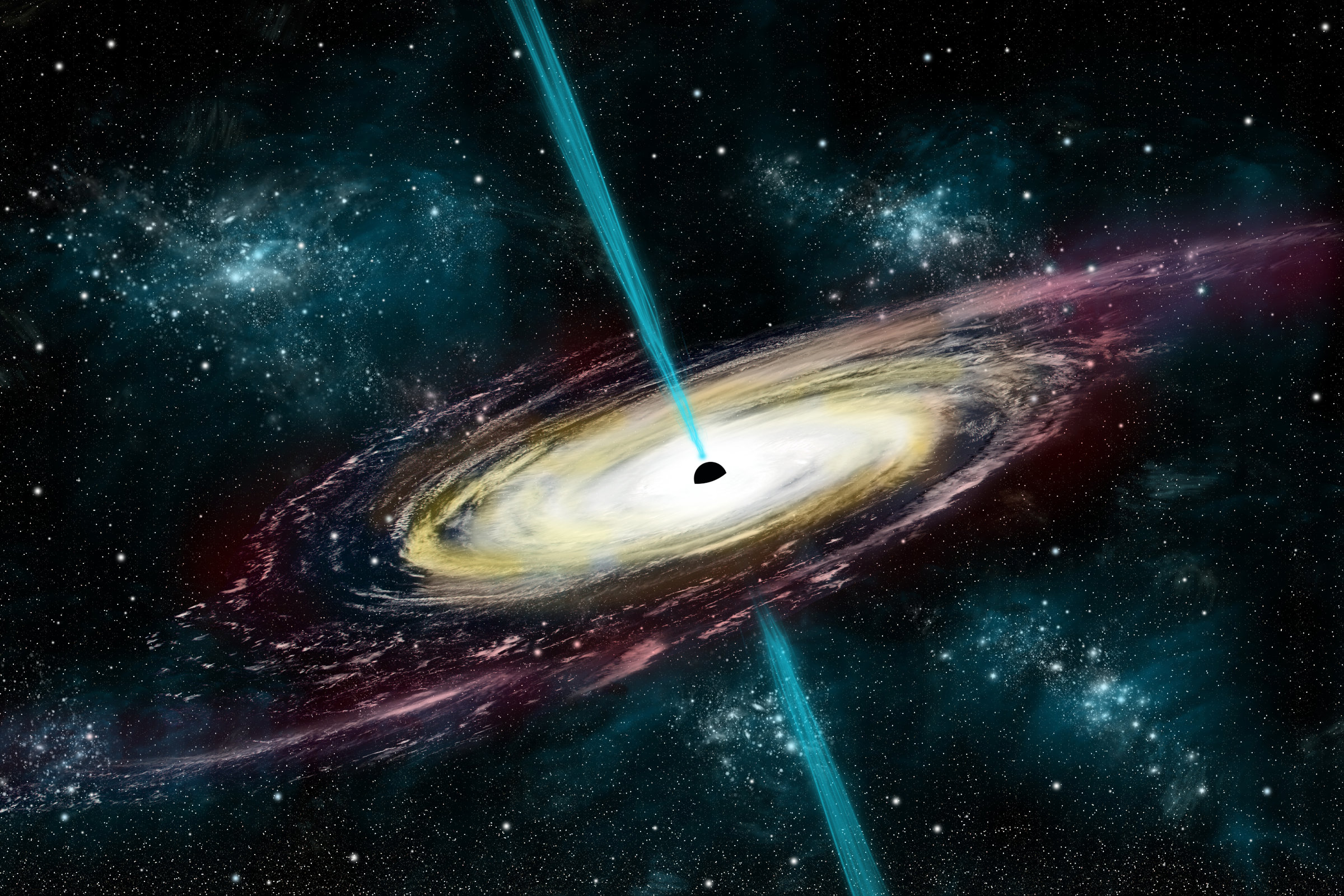Scientists have uncovered a beautiful and terrifying cosmic object in the distant universe. In fact, the object is so terrifying that researchers say it may just be the hungriest and brightest black hole that we’ve ever detected.
The black hole is what we call a quasar, an exceptionally bright core of a galaxy that is powered by a massive black hole. This particular black hole is around 17 billion times the mass of our sun, making it enormous, even in cosmic measurements.
The scientists reported on the discovery of the hungriest black hole yet in the journal Nature Astronomy. They say that the black hole consumes the equivalent of one sun every day, moving it into the realm of the extreme. Known as J0529-4351, the black hole was actually first recorded several years ago.

However, it is only recently that researchers have realized the true and terrifying potential of this black hole. Previously, researchers believed that J0529-4351 might be a bright object in our galaxy. However, recent observations have confirmed it is actually a distant object.
The hungriest black hole we’ve ever detected is also what we know as an AGN, or an Active Galactic Nucleus, which means it is very energetic, which probably helps account for the massive amounts of mass and material the black hole is eating through every single day.
Still, it’s terrifying to think that something so powerful exists out there and that, ultimately, our understanding of these cosmic objects is still excessively low. Perhaps future observations of the black hole will help us learn more about how it became so massive. Of course, learning that will take time, as the light we’re seeing now likely took 12 billion years to reach our telescopes.
Further, the energy emitted from the black hole is roughly 500 trillion times the luminosity of our sun, making it extremely bright and hungry.
